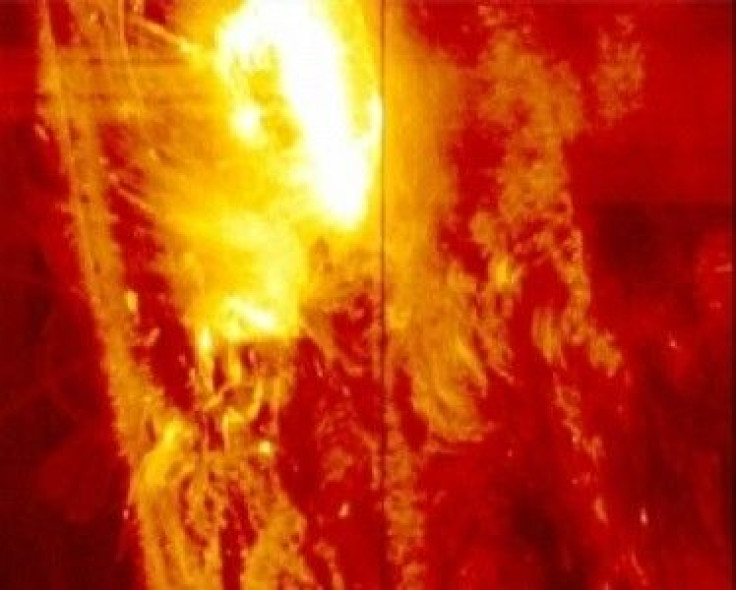Estimates of energy that enters upper atmosphere after space weather events could be off by 100%

University of Texas at Arlington (UTA) researchers are analysling the energy that enters the polar cap regions of the Earth’s upper atmosphere from the magnetosphere after various space events such as solar flares. The analysis aims to correct the current situation wherein estimates of the energy at times of greatest solar output could be off by up to 100 percent.
This has resulted in the models used to forecast trajectories and monitor the satellites that orbit in the area could have an error of up to 30 percent. That accuracy of the forecast depends on the different conditions of the space environment, according to a UTA press release.
The research is funded by a new $378,350 grant from the Air Force Office of Scientific Research, discloses Yue Deng, associate professor of physics at UTA and principal investigator of the study. Measurements of electric and magnetic test fields by the Defense Meteorological Satellite Program would be processed during the research.
In processing the data, the aim is to define the intensity and distribution of energy at the upper atmosphere’s cusp during storm and quiet periods. The study would take data from the Challenging Mini-satellite Payload (CHAMP), a small German satellite.
Prior to the study, Deng has developed a physics-based 3-D Global Ionosphere-Thermosphere Model (GITM). The model’s simulations would be compared with results of the electric and magnetic fields measurements. The results would then demonstrate how effective the GITM is to predict behaviour after spikes of energy that are related to space weather events.
Deng explains that “By analyzing the correlation of electromagnetic energy and high-energy particle precipitation, we will improve our knowledge of the coupling of the upper atmosphere and magnetosphere in terms of energy.” The research builds on previously two grants that UTA received from the NASA in 2013 and 2014 of almost $1 million to study how energy from solar winds enters and moves around and how the events affect vertical winds in the upper stratosphere.
Besides Deng, the collaborators of the project are Dolores Knipp and Yanshi Huang. Knipp is a visiting professor of the University of Colorado at Boulder’s Department of Aerospace Engineering. Huang is a research assistant professor at the University of New Mexico’s Department of Electrical and Computer Engineering.
The study is timely since new research by the University of Warwick in the UK suggests that the Sun is capable of releasing superflares 1,000 times more powerful than the Earth has seen. However, the pattern of the Sun’s activity indicate the superflares would be very unlikely, according to Sciencealert.
The superflares could destroy the Earth’s GPS and severely disrupt the radio communications systems as well as result in large-scale power blackouts due to strong electrical currents induced in power grids, says Chloe Purgh, lead researcher from the University of Warwick.
Contact the writer at feedback@ibtimes.com.au or tell us what you think below






